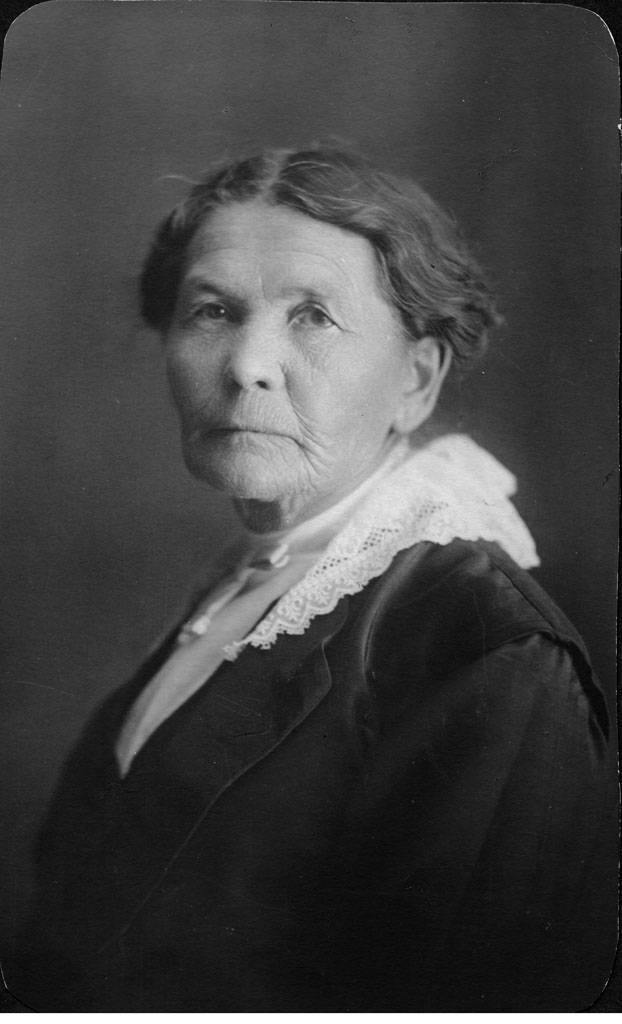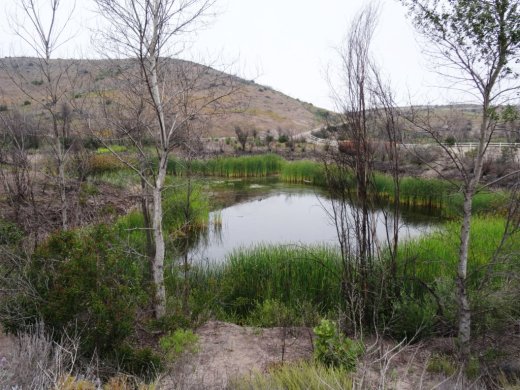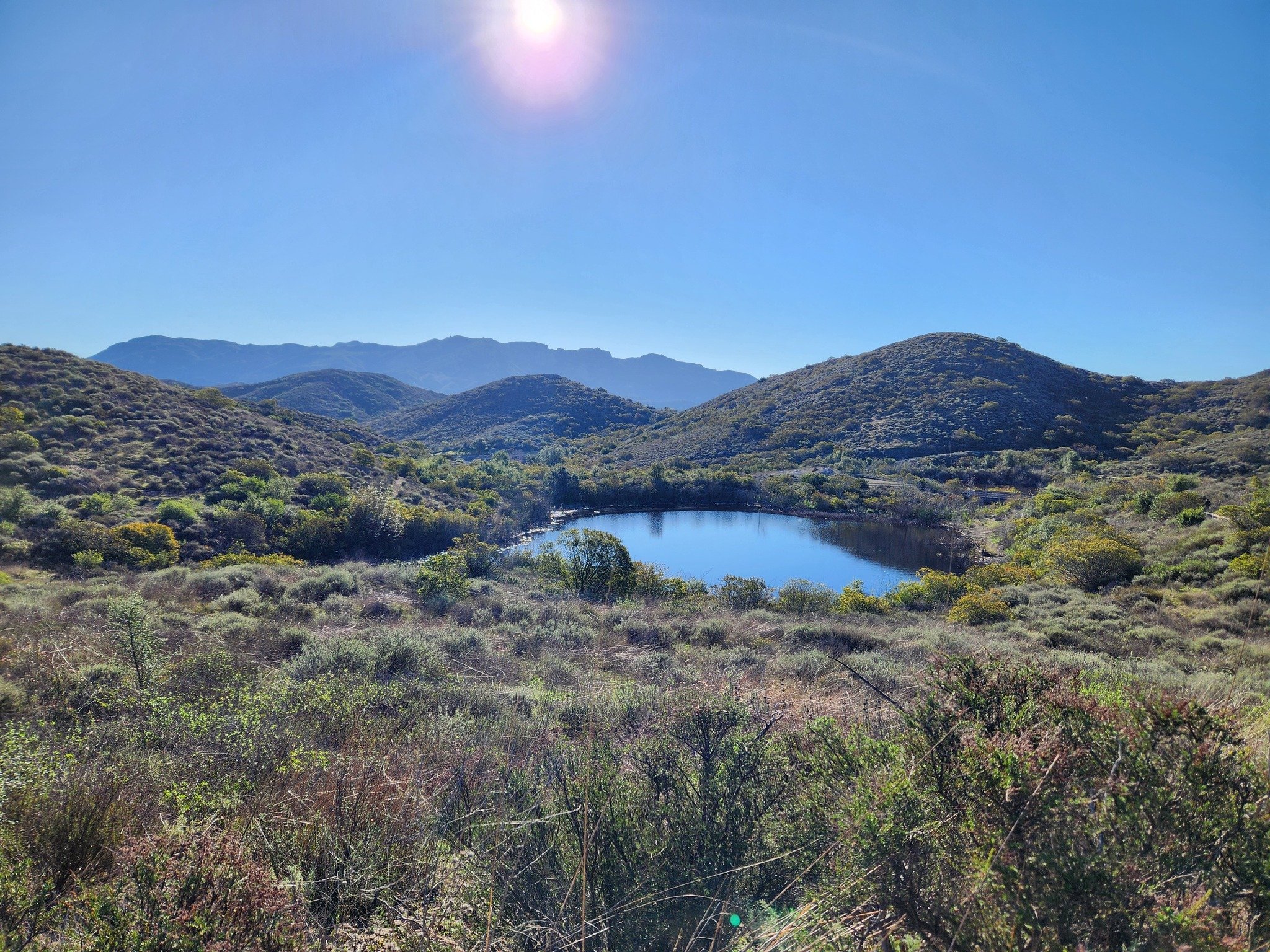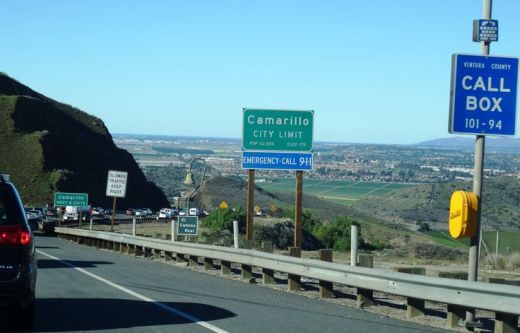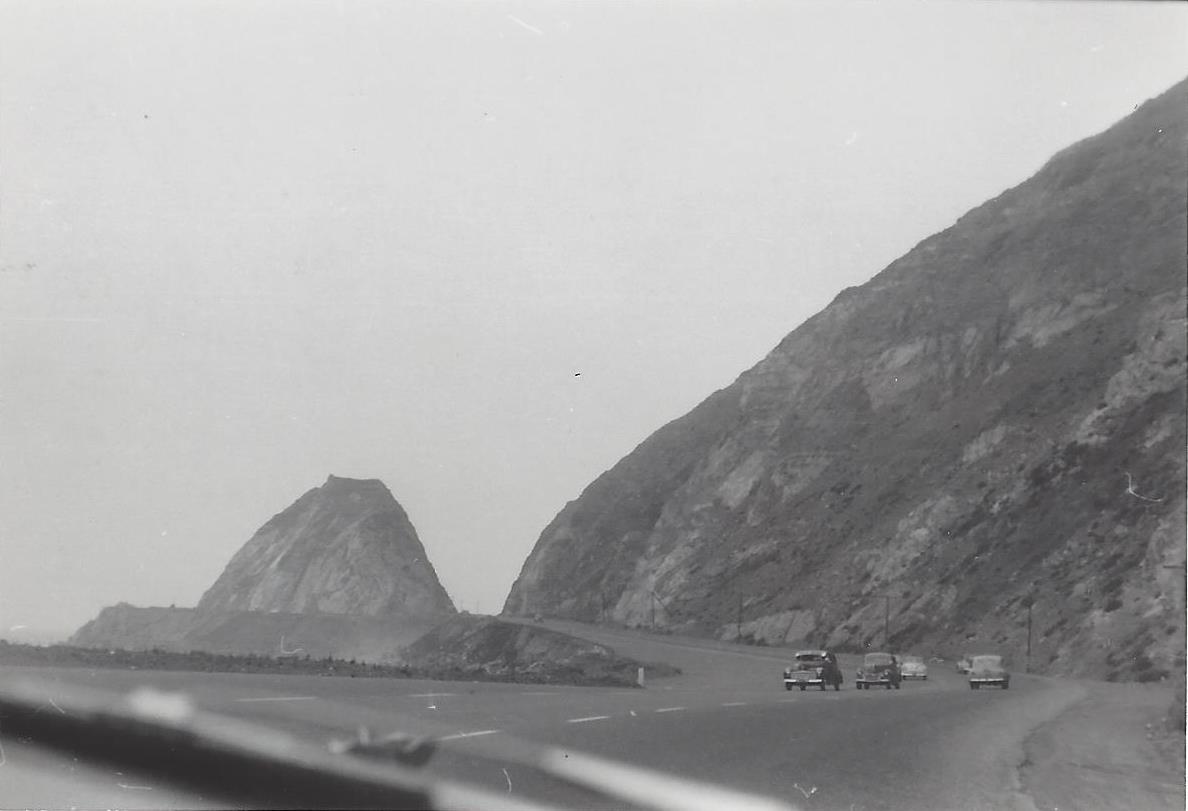Erbes Road in Thousand Oaks Named After Early Settlers in the Conejo Valley
/Courtesy of Thousand Oaks Library
This is Elizabeth Opper Erbes. She is the mother of Ernest and Otto Erbes, who were early settlers in the Conejo Valley.
Otto (born in 1885, passed in 1959) owned a walnut orchard on what is now Erbes Road.
Estella Park on Erbes Road just south of Hillcrest is located on land donated to the city by Otto Erbes and his wife.
Erbes Road is a major north/south artery in the City of Thousand Oaks, stretching just over 5 miles, from Calle Zocolo, north of Olsen Road, on the north, to Thousand Oaks Boulevard on the south.
Olsen Road is also named after early Conejo Valley pioneer Nils Olsen. Olsen and four Norwegian compatriots purchased 650 acres of land from George Edwards in 1890.

